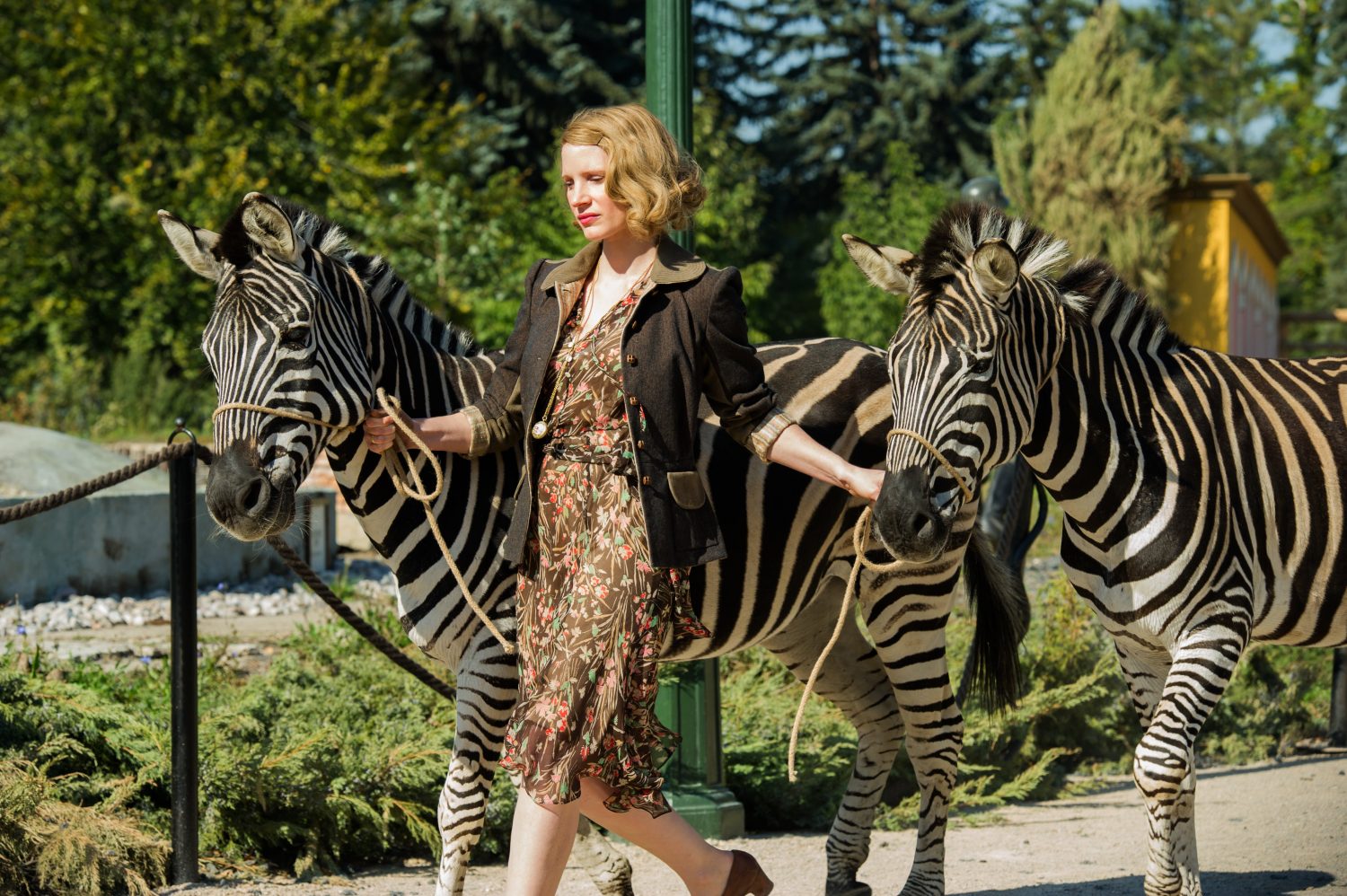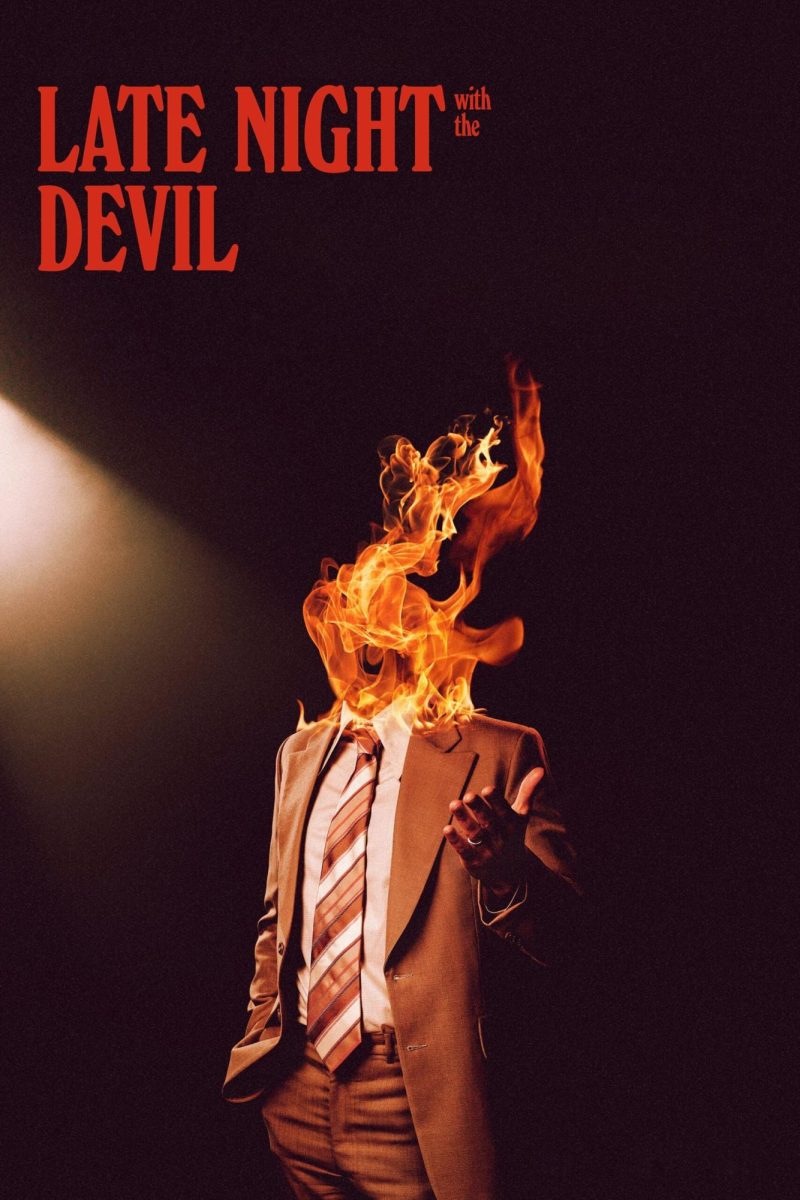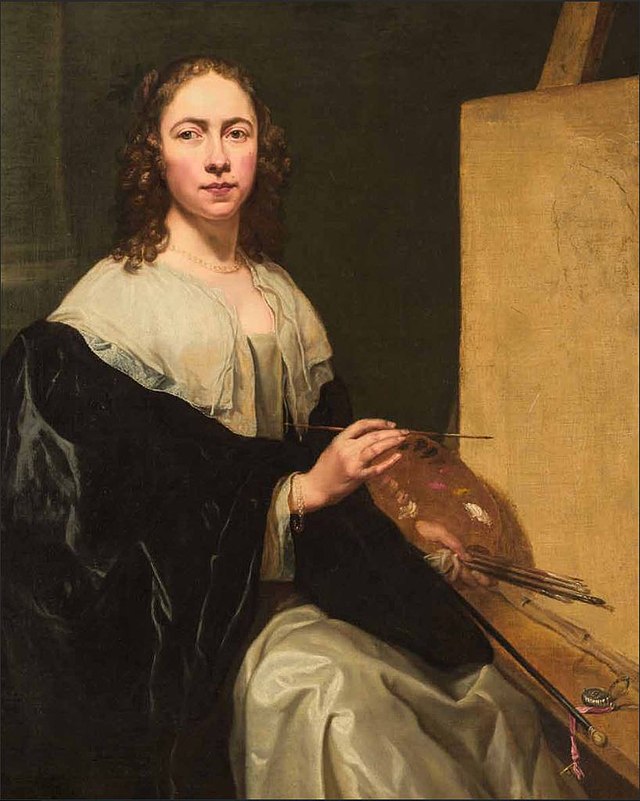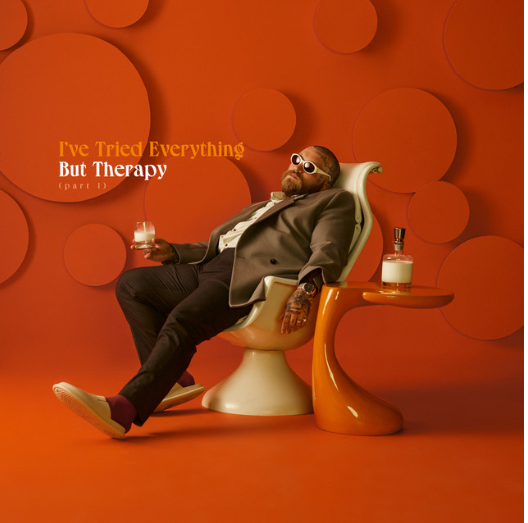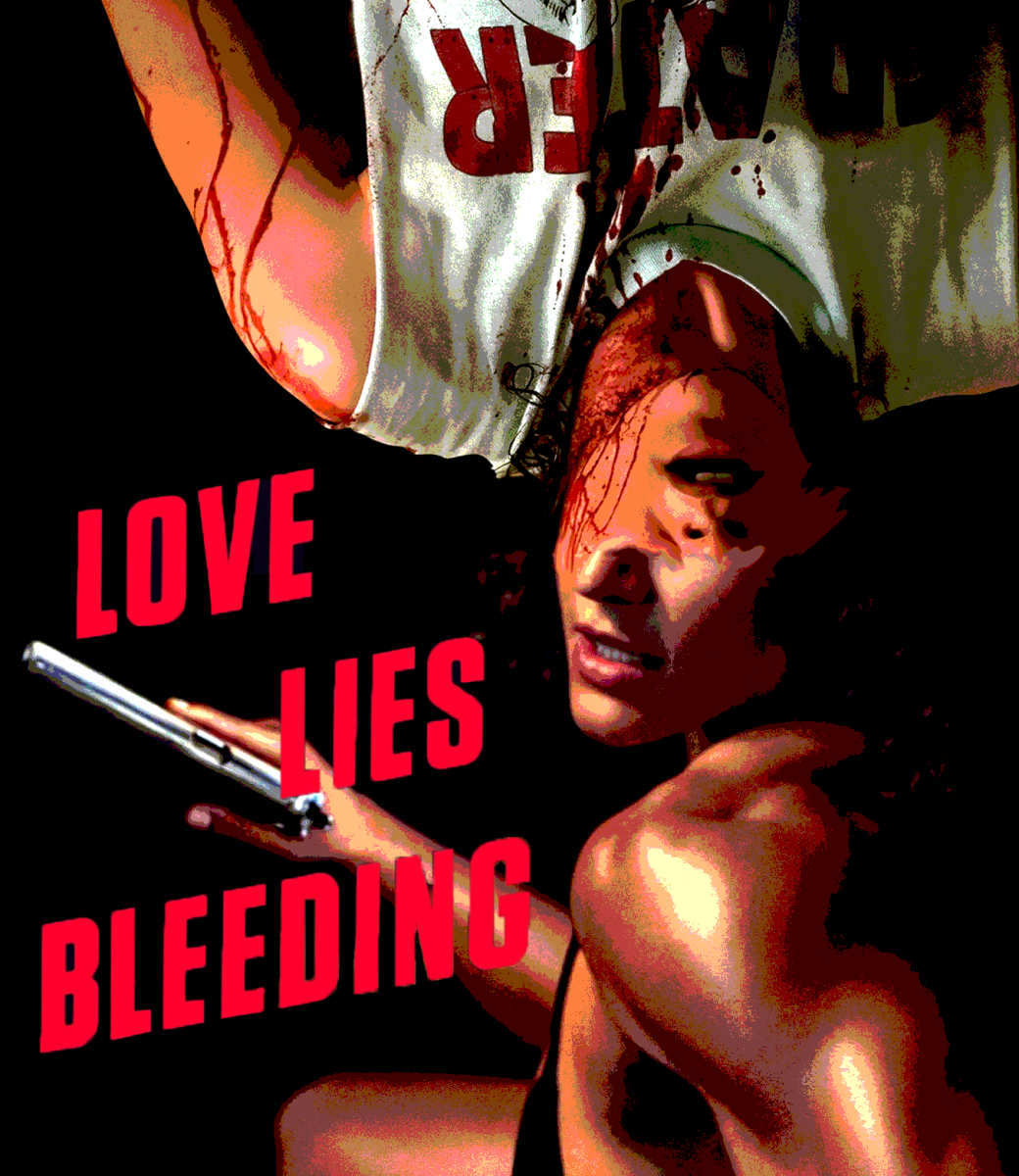Along with the release of Holocaust films along the likes of “Schindler’s List” and “Life Is Beautiful,” Niki Caro (“McFarland, USA”) manages to add a unique war film to the mix with the feminist film “The Zookeeper’s Wife.” Caro, a strong filmmaker who is inspired by true stories, as can be seen by her previous films, takes on another true story along with writer Angela Workman, based on Antonina (Jessica Chastain) and Jan Zabinski (Johan Heldenbergh), a couple who owned the Warsaw Zoo, and ultimately used the place to save hundreds of Jews during the German invasion of Poland. The strong casting and the raw emotion that Caro attempts to portray visually brings the book of the same name by Diane Ackerman to life.
The film starts with the Zabinskis opening up another day in their zoo along with their little boy, who follows his mother along as she feeds all the animals with a smile, cuddles with the lions and walks along a camel during her morning stroll. A loving family, although not Jews themselves, the Zabinskis have many friends of the Jewish faith.
The Zabinskis were also associated with Lutz Heck (Daniel Bruhl), an animal scientist, who was sent by Hitler to crossbreed the bison to create the auroch during the German invasion. During this time, the couple takes on their own plan to use their house as a “human zoo” to shelter many individuals from the ghetto.
Jan travels to the ghetto multiple times a week to collect the garbage to feed the pigs back at the zoo and started noticing the terror that the residents of the ghetto face. This is where the emotional strength of the film lies. In this war movie, Caro could have easily showed the the tragedy of the causalities experienced in the ghetto, but instead she was “portraying it emotionally.” This is especially seen in the scene where a young couple takes a photo in front of the Warsaw ghetto almost like the background is merely a museum instead of people in real danger.
One thing that Caro kept in mind was that “a lot of war movies focus on the horror, but for [her], one of the key things was experiencing the Warsaw ghetto through the eyes of Jan and his son.”
Jan understands the severity of this situation, especially after he witnesses clueless children following the adults onto a train, which sparks a journey that will ultimately change their lives. Jan also observes a girl, Urszula (Shira Haas), who is pushed around by two officers into a dark corner and exits dressed in trashed clothes and blood.
Knowing that the Zabinskis would be at high risk if they brought the refugees home, Jan still pulls up his truck and loads it with the refugees before covering them up with the pig’s food. Antonina, a usually quiet woman who feels most comfortable among the animals, creates a special relationship with the refugees, especially Urszula. Caro stated, “In Urszula’s case [she] had really become quite animal, given the violence that she had experienced. So for Antonina this was a way of dealing with a human being in the same way as she might deal with an animal in this gentle, quiet, compassionate way she draws Urszula out.”
That memorable scene eventually turned into a relationship where Antonina became like a mother to all her refugees, warning them during times of danger and carefully letting them out of the basement when she plays her piano. “She had to overcome her natural shyness because she was much more comfortable with animals than with people. But she used her gift to tend to these damaged Holocaust survivors and created an environment for them that was made bearable with art and music and tenderness and understanding,” Caro said.
At the same time, however, Antonina is continually faced with Lutz, who continues his advances, which Antonina has to deal with to keep both her animals and her refugees out of danger. Obviously opposed by Jan, Antonina has to prove to him that she is going along with it for a higher cause, that she takes the war as seriously as he does.
This is where the characterization is incredibly fleshed out and as the characters are “terribly strong, but soft at the same time.” Caro states that, “Antonina was very much a woman of her time. A traditional wife: quite subservient to her husband. They’re [a] great team.”
Even in a female-focused film, Caro does an excellent job of casting the male leads from Europe who have their own stories to tell. They complement Chastain, who utilizes a strong Polish accent in the film, greatly and altogether bring a new twist in this war film genre, making this periodic film even more relevant during these times.


